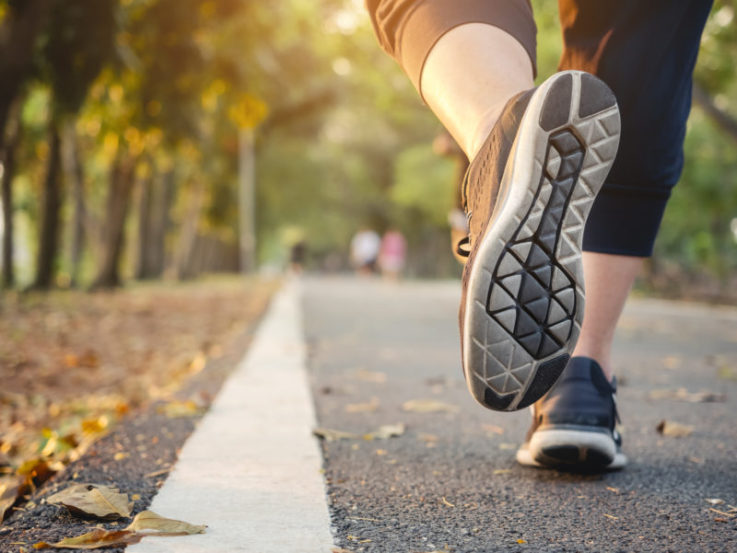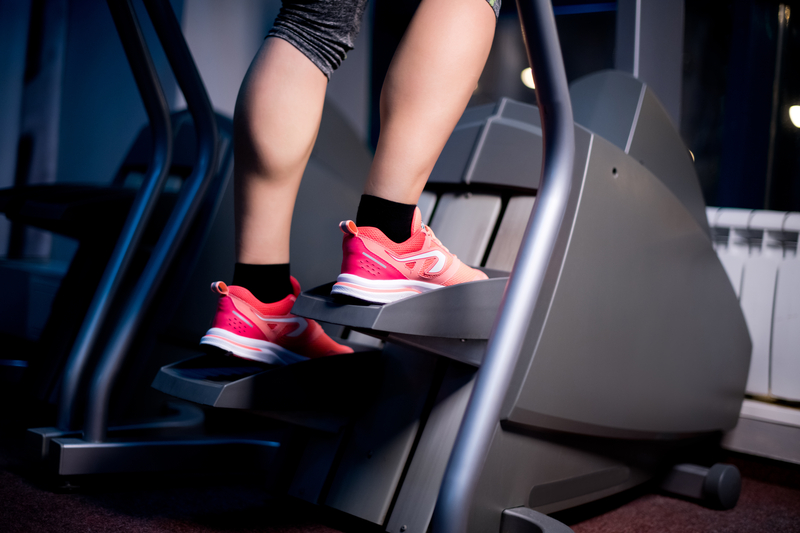Top Exercises to Manage Osteoporosis

Osteoporosis is a dangerous (but manageable) disease that affects more than 50 million Americans alone. Because your bones become weak, they’re more likely to fracture than if you weren’t facing the disease. Hip, wrists, and the bones in your back are typically high-risk areas. The good news is that you can manage osteoporosis if you’re facing it with some simple lifestyle alterations, including the best exercises to manage osteoporosis.
What Is Osteoporosis?
Osteoporosis is a disease that weakens your bones. It mainly affects mature women but can affect anyone. As you age, bone mass and mineral density can diminish, causing bones to become weak and brittle. Osteoporosis is mainly known to affect older women and is most often seen in Caucasian and Asian women. But it can also affect non-Hispanic white males. While most women become at risk as they age, African American and Hispanic women seem to be less at risk for the disease.
What Can Cause Osteoporosis?
Besides the normal decline in bone health and density with simple age, some other contributing factors can increase your risk for osteoporosis, such as:
- Menopause—this can exacerbate the onset of osteoporosis since the fluctuation of hormones hastens the natural aging process when it comes to your bones. Normally, estrogen helps keep bones strong. But during menopause, estrogen production can slow and even stop, leaving bones weakened and brittle.
- Medications—certain medications may affect bone density. For example, some diuretics may increase the elimination of calcium, a component of strong bones.
- Sedentary lifestyle—living a life with little movement can also increase your risk of osteoporosis. In a true case of use it or lose it, sitting around causes both bones and muscles to weaken and atrophy over time.
But, you don’t have to let the disease get the better of you. Whether you already suffer from osteoporosis or osteopenia, the precursor to full-blown osteoporosis, you may be able to help manage the progression of the disease with some simple exercises.
What Are the Best Exercises to Manage Osteoporosis?
The best thing you can do to both prevent and manage osteoporosis is to perform weight-bearing exercises, do resistance training, and work on your balance skills.
Weight-Bearing Exercises—what does “weight-bearing” exercise mean? It means making your body move through space against the force of gravity. This includes bodyweight exercises.
Resistance Training—while it’s also important to include other types of exercise like cardio and stretching for the overall body, including lung and heart health, resistance training with weights should be your new best friend if you want to protect your bone density.
Balance Exercises—it’s also important to work on your stability and balance skills. Since most fractures are due to falls, maintaining your balance is key. Improving your functional stability and static balance will help you manage living with osteoporosis.
Try These Exercises to Manage Osteoporosis
Studies show that weight-bearing exercises and resistance training help build bone density by demanding movement from your muscles, which, in turn, puts pressure on your bones. This is an indicator to your body that it needs to add mass to your bones to strengthen them. Try some of these exercises to help you manage osteoporosis:
Flamingo One Leg Stands—begin by standing with your feet slightly apart. Slowly lift your right foot off the floor and bring it up the inside of your left thigh as high as you can while maintaining balance. Balance for as long as you can or up to 20 seconds, and then return your foot to the floor. Repeat on the opposite side.

Walking—this super easy, super accessible activity can work wonders for your bone strength. When done regularly, walking can gently tone your muscles and build your bone strength.

Stair Step Machine—this escalator-like machine will have you continually stepping up, forcing your hips, glutes, legs, knees, and ankles to work, which in turn will put pressure on your bones.

Squats—you can do these with just your body weight or by holding a dumbbell in your hands in front of your chest as you do them. Place your feet about hip-width apart with your toes pointed slightly outwards. Push your hips back as you bend at the knees and squat down fully. Pause at the bottom of the movement, and then explode upward, pushing through your heels, until you reach the standing position again.

Weight Training—you can use machines or free weights. Try to do 3 to 4 exercises per body part at least 2 to 3 times per week. Pick an exercise you like and choose a weight that becomes challenging at around 10 repetitions. Do 12 – 15 reps per exercise and 2 – 3 sets.

Tai Chi and Pilates—both of these practices focus on improving your balance as well as muscle strength. While Tai Chi mainly revolves around muscle control and strength, Pilates works on balance, strength, and spine and core strength.

Resistance Bands and Bodyweight Exercises—last but not least are your basic full-body strengthening workouts using resistance bands and or body weight. You can work your entire body and get a great resistance training workout without lifting heavy weights.

While doing weight-bearing exercises will be very helpful in managing your osteoporosis, try to limit or moderate more high-impact movements like running and jumping, as these may put too much stress on your bones, depending on your level of fitness and health.




